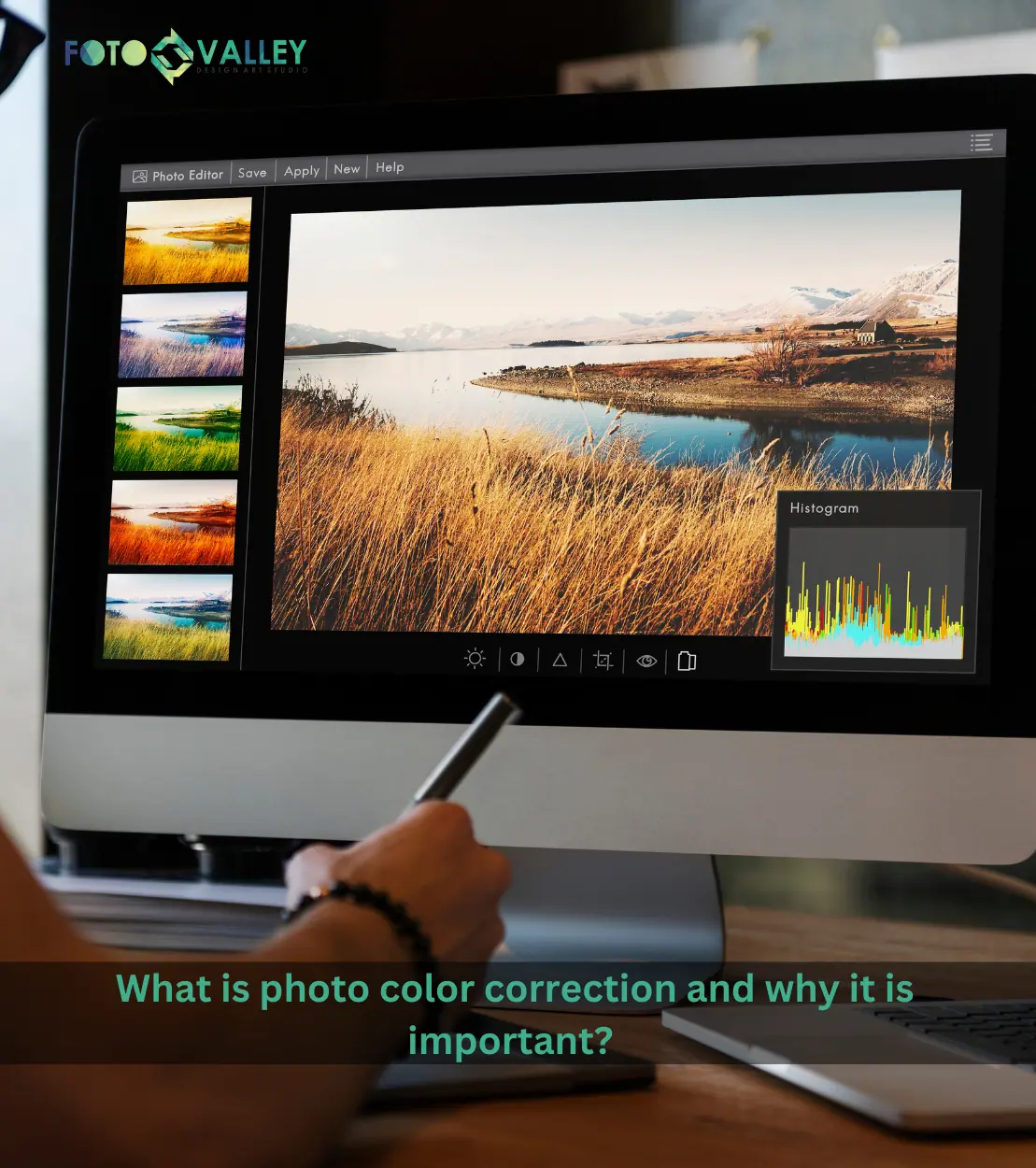The stress when it comes to swimming photography is indeed a challenge to overcome. Sharp skills and timing are a must for this genre and the technicality that’s associated is nothing short of seriousness. Swimming photoshoots are all about exploring your technical range with a massive amount of trial and error scenarios, even when you choose a post-image editing services provider.
Concerns are there for photographers about bringing and protecting their expensive gear during a swimming photoshoot from all the water at all costs and from all sides. So necessary protections are always key as well. The post-processing technique of swimming photography is majorly portrait retouching and photographers also depend on low-cost professional retouching services.

The placement challenges as to where you stand at the right time and place to click up is also important and the window of opportunities is so tiny. And along with the pursuit of specializing you should also boost your portrait retouching knack or choose professional retouching services or image editing services expert just in case you get yourself too much involved in the shoots.
We have some guidelines as to how you can bump up your professionalism in this genre for an acclaimed splash of your name in the industry. Check them out.
Swimming Photography tips to help you get started with taking the best swimming photos
Know and be lightning quick with your Camera
High burst rates, and ISOs probably in the thousands range is common while you get into the field of swimming photography. The amount of effort you have to push into this very domain lies in how well you know your camera and how good you’re at shooting in a fast-paced manner through quick switches in settings. The specificity of equipment is also a crucial factor in defining your post-process of portrait retouching. Since swimming is a fast-paced sport you will need to see good results. Since swimming is a fast-moving sport, you’ll need or are recommended to use a camera that has a burst rate capable of taking 12 photos per second. It will fetch you the best results rather than 3 photos per second burst rate cam and will ensure you always capture the peak of the action. A fast autofocus camera is good but if you’re very tight with your camera, knows it from A-Z, we’d say, go full manual for more flexibility in your shoots for the compositions you want.
Telephoto Lens – Close-Ups and Environmental Shots
A long telephoto lens gives you more range to shoot and will help you capture even more special scenes to fill the frames you’re planning or trying to improvise. The preferred spec of the long telephoto lens you should be going for should be 100-400mm. This is one of the most perfect ones to get you incredible shots with good range and the bonus factor that you can get both close-ups and environmental shots. Well, not only the in-between scenes are are all that matters for capturing, you should also consider capturing scenes from the beginning of the event. For that you’ll require a much more longer focal length, say 600mm or 800 mm considering the pool is a 50-meter one. And now you might know how all those post workflows of professional retouching services sound like.
Need Sharper Pictures? Choose the AI Servo Mode
This is the best mode for your swimming photoshoot and or you to zero in on the swimmer with a tracking objective. What it does is that the focus on the swimmer will be constant while you keep yourself tracking them. This is the reason why it’s always hands-down the best mode for all types of sports photography. And not only that you can use it for capturing any fast-moving subjects as well with its proper focus mechanism and your tracking skills better enabled by it. So now you know it’s not just a limited-to-swimming-photography mode. Well, everyone needs the best results, so with this mode as well there’s one more thing you should watch out for. Always choose a focus point that is favorable to the composition you’re planning. With this type of photography, the swimmers’ face will generally be in the top side of the composition frame, which should be the ideal focus point that you should be aiming for.
Get to know the Event thoroughly beforehand for better Clarity
Always ensure you know the event before you go. And it’s not just this genre of photography, it’s the same with every form out there. So always know the vent, and know the subjects which will be a major boon to your portfolio. By ensuring this, you can churn out your photos to be fantastic as your collaboration will greatly benefit your composition and so will be your image editing services skills. So with swimming too, apply this awareness and learning thing to understand the sport, so that you can capture great moments from it. If you ask why there’s a perfect example that we could let you in about by considering different swimming events with a single styles/technique focus. A freestyle swimming is the hardest to capture compared to other style events as you will only see the head or the face of the swimmer when they want to breathe. This is why you need to know about each event as it requires unique approaches, so that you can take good shots.
Don’t Post Yourself Up at One Spot in the Event
Yes, bring all your mobility out there in the event, hunt better spots rather than simply staying close by the pool. Attempt to blend it up by discovering new variations in your perspective or shoot angles as it adds greater variety, also, giving an edge to your professional retouching services abilities too. Be it you locate yourself behind swimmers, or just run up for a different perspective –say the up in the stands? And not only that, try shooting from overhead angles of swimmers dashing in a pool. There’s just so many variations you could bring to the table.
Search for Appealing Reflections and Details
Try not to focus or zero in on just taking photographs of the swimmers. Attempt to catch appealing subtleties or appearances in the water. The tones in and around a pool are additionally fascinating to for you to explore the different approaches for the same.
Once you get the hang of taking photos of swimmers above the surface, why not take it a step further? If you have the right equipment you can ask the organizers if they’ll allow you to take photos underwater for strengthening your swimming photography portfolio. It requires a whole new skill set but the results will impress your audience.
Taking photos of swimmers is all about skill and timing. Learn what the best camera settings are for swimming pictures and know which event you’ll be photographing. Don’t forget about composition and creativity. Combining skill and creativity will make your photos stand out.
Step Up Your Game by going Underwater
Once you get familiar taking over the surface photographs of swimmers, you should try stepping your game by going underwater. Now that too is vital. With the right hardware you can achieve this and make sure you have the permission of the authorities so that you can take photographs in a submerged perspective for reinforcing your swimming photography portfolio. A major challenge, totally different, and requires you to have a slightly different range of abilities – but always worth the effort to dazzle your crowd.
Keep these things in mind for your swimming photoshoots to be spectacular with best expertise, camera settings, timing and knowledge of the event. Think out-of-the-box, have good coordination, and originality in your compositions to make your photographs stick out.











